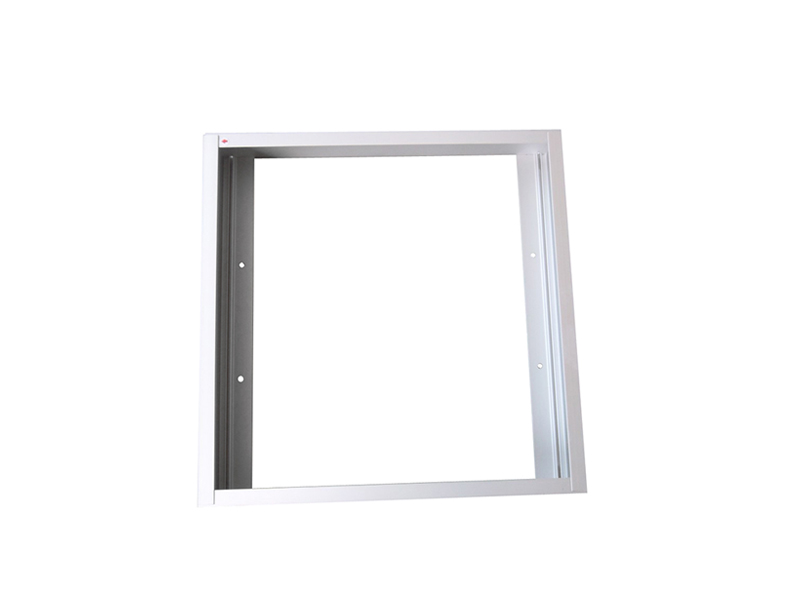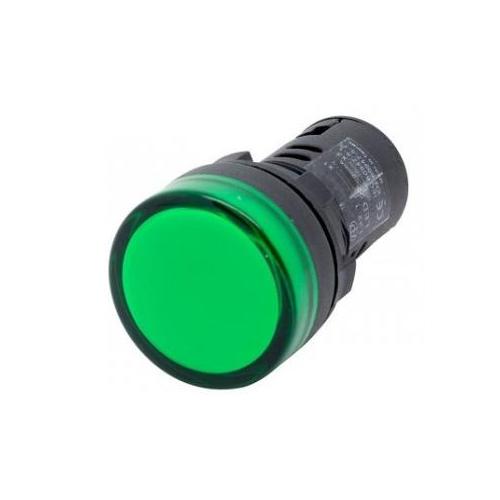

Recessed lighting may be known by several different names including can lights and pot lights. If you want to know more about these different lighting styles, this guide will walk you through the basics: They need to learn the differences before they can choose the one that is perfect for their space. How do you decide which one is the right choice for your home? Many people get confused by all the options, including recessed lighting and flush mount lighting.
#Led panel mount free
Looking for more information on how LED can make your home greener and eco-friendlier? Then feel free to ring us up or drop us a line! We'll be happy to answer all your LED-related questions.There are a number of different lighting options available at the local home improvement store. The sooner you do, the longer your LED bulbs will last. So, if your LED lights keep flickering, it's best to find out what's causing the issue and fix it on the spot. However, exposing them to situations that make them flicker can cut their life short. That's 25 to 50 times longer than incandescent bulbs, and five to 10 times more than halogen. LED lights already have an impressive lifespan of at least 25,000 hours. Make Your LED Lights Last Longer by Fixing Flickering Issues

This is a device that helps get rid of the ripple effect that makes your LED lights flicker.
#Led panel mount install
You can also have an electrician install a ripple signal filter on your meter box. Plus, solar energy is cleaner and greener than fossil fuel-based electricity. Some solar lights are even portable, so you can use them as a flashlight if the power goes out. So, even if the ripple effect reaches your home, your solar lights remain lit. These lighting products can illuminate your home without tapping the electrical grid. Solar lights utilise the sun's energy, which is virtually free and limitless. Whilst you can't do anything about this, you can minimise its effects by going solar. This is especially true for situations that are out of your hand, such as ripple control. Installing Non-Dimmable LED Bulbs in LED Dimmersīy relying less on the grid, you can also reduce the instances of flickering LED lights. As such, dimmers designed for older types of bulbs may cause LED lights to flicker when dimmed. They stop emitting light almost right after they stop receiving current. LED bulbs, on the other hand, don't have this permanence. Instead, they stay somewhere between, thus the dimmed effect. Since the dimmer quickly turns on and off, though, the lights never go out entirely. When these bulbs get switched off, they go through a gradual "shut" down process. The dimming effect is a result of the "persistence" of older light bulbs. They also go through a rapid on/off cycle to cut down the amount of energy that flows into the circuit. They work by evenly changing the amount of current that flows into the bulbs. Even if they do light up, it won't be long before you see your dimmable light bulb flicker.ĭimmers for traditional lights are specifically for high wattage load incandescent bulbs. That's because many LED globes will fail early or won't work at all when hooked up to traditional dimmers. When buying light dimmers, LED compatibility is a crucial factor for consideration. So, there would be little, if any, left to power your LED lights. Even if the energy supply drops, these devices will continue to consume the same amount of energy. Having numerous home appliances can make the ripple effect more obvious, though. This is again due to the bulbs' low energy requirements.

Since ripple control reduces energy supply, one of the first things it can do is to cause LED lights to flicker. In some places, it can be between 7 and 10 in the morning, as well as 5 and 10 in the evening. This decrease usually occurs at the same time every day, whenever the on-peak demand is. If this happens, it can take them a long time to go back online.Ī critical part of ripple control is reducing the amount of energy supplied to some areas of AU. Besides, not controlling the loads can damage power plant facilities. Without ripple control, electricity grids won't be able to cater to everyone's needs.

It allows electricity suppliers to manage the on-peak demand for electricity. Ripple control is a common practice in Australia, especially in NSW and QLD. The ripple effect is a side effect of "ripple control", which is a form of electricity load control.


 0 kommentar(er)
0 kommentar(er)
